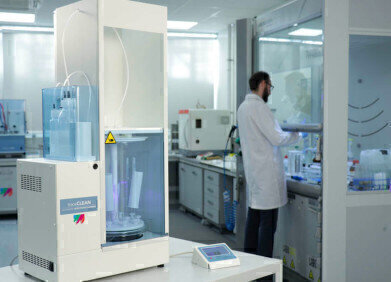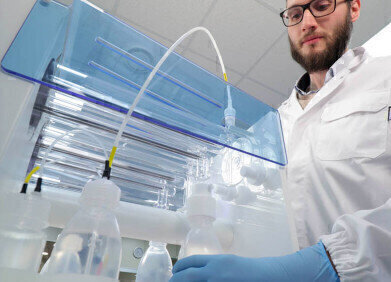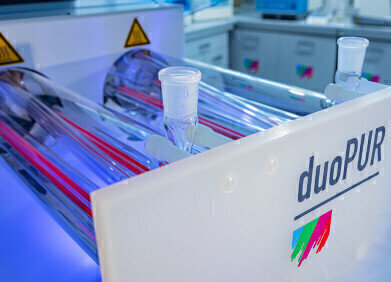Laboratory Products
Achieving the lowest possible detection limits with ICP-OES and ICP-MS
Apr 06 2021
The increasing demand for lower and lower detection limits is a major consideration for any laboratory performing trace metals analysis. The development of sophisticated instrumentation, such as ICP-OES and ICP-MS, provides the capability to achieve multielement limits of detection previously unobtainable by other atomic spectroscopy techniques.
However, the analytical instrument is just one component in achieving the lowest limits of detection using plasma spectrochemistry. The other critical area that puts significant demands on a laboratory’s overall detection capability is to ensure that the sample preparation procedure does not contribute any additional sources of contamination. Several factors must be considered when looking to minimise contamination and reduce blank levels while preparing samples, such as laboratory cleanliness, reagent choice and purity, quality of materials used, and the digestion procedure itself.
Strategies for Reducing Sample Preparation Contamination
Overall cleanliness in a laboratory is important to prevent contamination and analytical errors resulting from high or inconsistent blank levels. Contamination can come from several sources, but two basic areas to monitor are reagents and materials used in the analysis process. In a typical trace metals laboratory, acids are used throughout—cleaning, preparing standards and blanks, and digesting samples. Different grades of acid are available for purchase, but careful consideration is required when selecting the appropriate grade. The detection limit and analytical requirements will dictate the necessary acid grade, but as the contaminant levels go down, the cost of the acid can increase quite dramatically. One way to address this problem is to invest in technology such as the duoPUR sub-boiling distillation system to purify lab-grade acids and reagents in-house, so contaminant levels are more in line with higher purity reagents, without requiring the laboratory to purchase significantly higher-priced acids.
Read the Technology report about Acid Purification System
Additional sources of contamination can also come from glassware and plastic containers that are used for sample preparation, particularly in high-throughput labs that are processing large numbers of samples. If the containers and vessels are not cleaned thoroughly, they can contribute to contamination resulting in high blank levels. For that reason, technology such as the fully automated traceCLEAN closed-vessel acid reflux cleaning system is well-suited for the demands of a high throughput ICPOES/ICP-MS sampling environment.
Read the Technology report about Automated Acid Reflux Cleaning System
Finally, one major consideration is the sample digestion procedure itself. It is important that the samples be completely dissolved and all elements of interest be available in solution. For many sample types, heating in an open vessel, such as hot plates or hot blocks, is insufficient to provide a consistent dissolution due to the modest temperatures achieved, thus being also very time-consuming, labor-intensive, and suffering from high contamination risks. With the introduction of closed vessel digestion techniques—such as those used in modern microwave sample preparation systems—high temperatures can be achieved using elevated pressures within the vessels.
Additionally, the combination of elevated temperatures and pressures using microwave heating provides shortened sample preparation cycles, all in a sealed vessel that eliminates exposure to cross-contamination.
Advanced microwave digestion systems such as the ETHOS UP and the ultraWAVE provide excellent sample preparation for trace metals analysis and help to minimise contamination from sampling components and cross contamination between samples, which is extremely challenging for other microwave digestion systems.
Watch our webinar “Achieving the Lowest Possible Detection Limits with ICP-OES and ICP-MS by Minimising Contamination and Blanks”
Digital Edition
Lab Asia 31.2 April 2024
April 2024
In This Edition Chromatography Articles - Approaches to troubleshooting an SPE method for the analysis of oligonucleotides (pt i) - High-precision liquid flow processes demand full fluidic c...
View all digital editions
Events
Apr 28 2024 Montreal, Quebec, Canada
May 05 2024 Seville, Spain
InformEx Zone at CPhl North America
May 07 2024 Pennsylvania, PA, USA
May 14 2024 Oklahoma City, OK, USA
May 15 2024 Birmingham, UK




.jpg)















